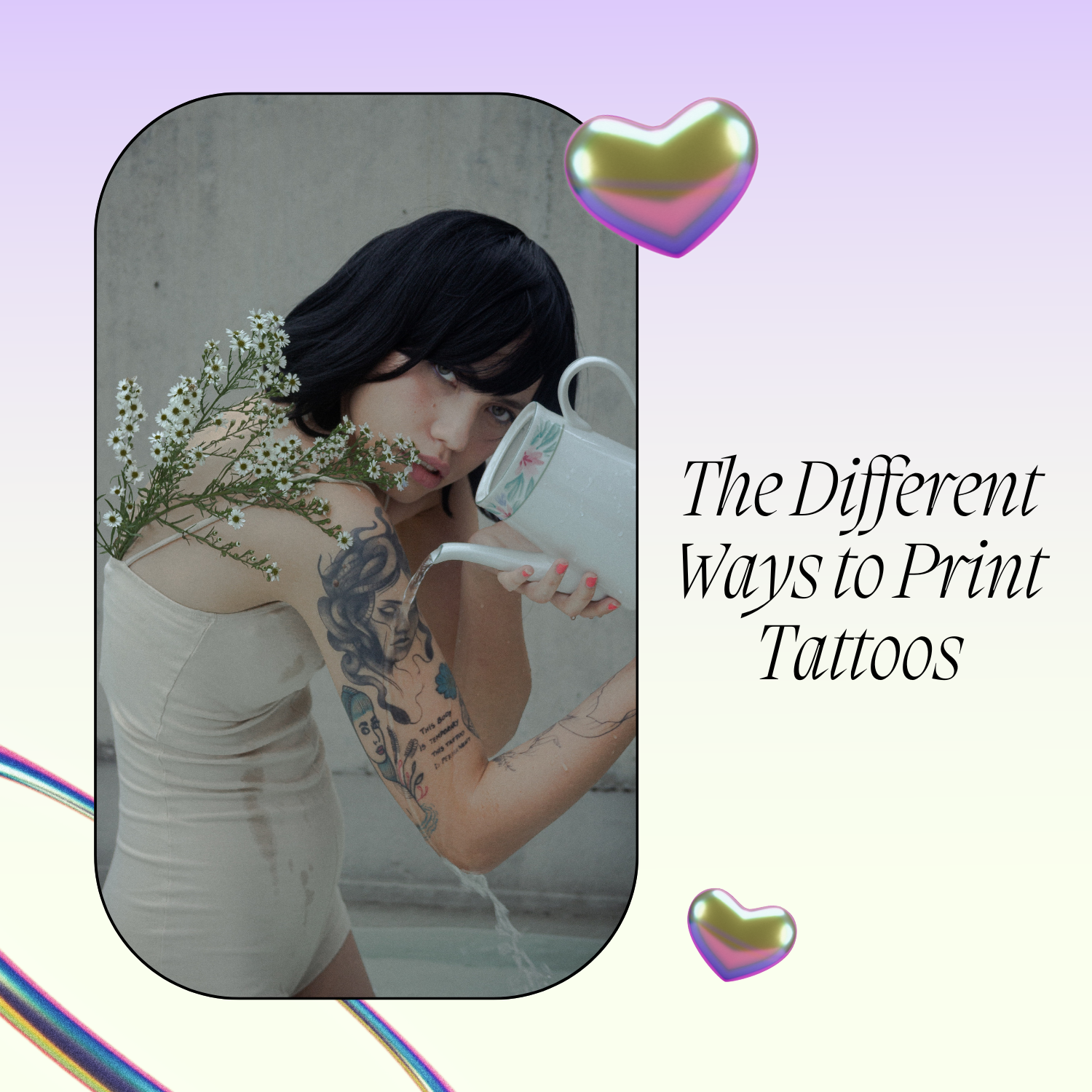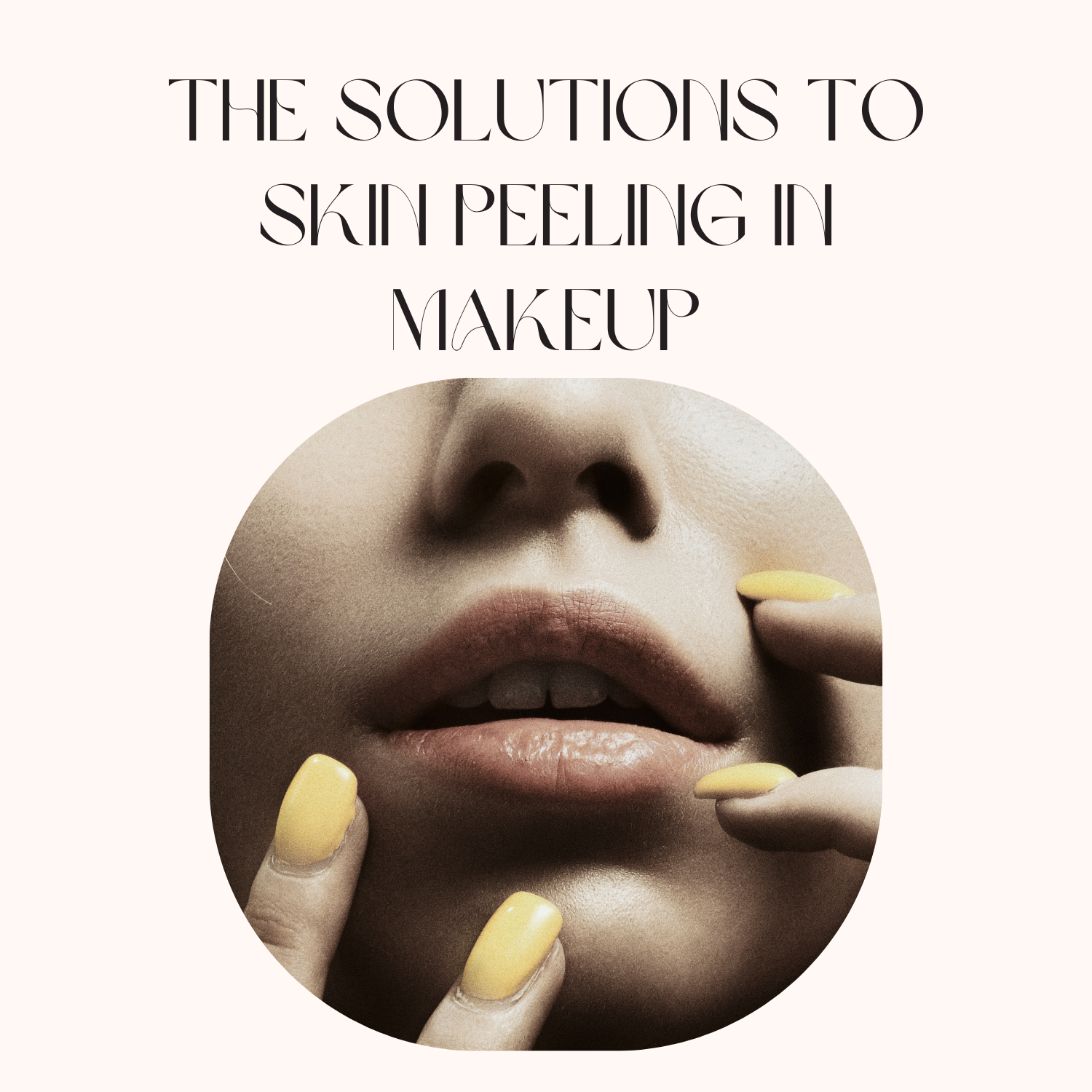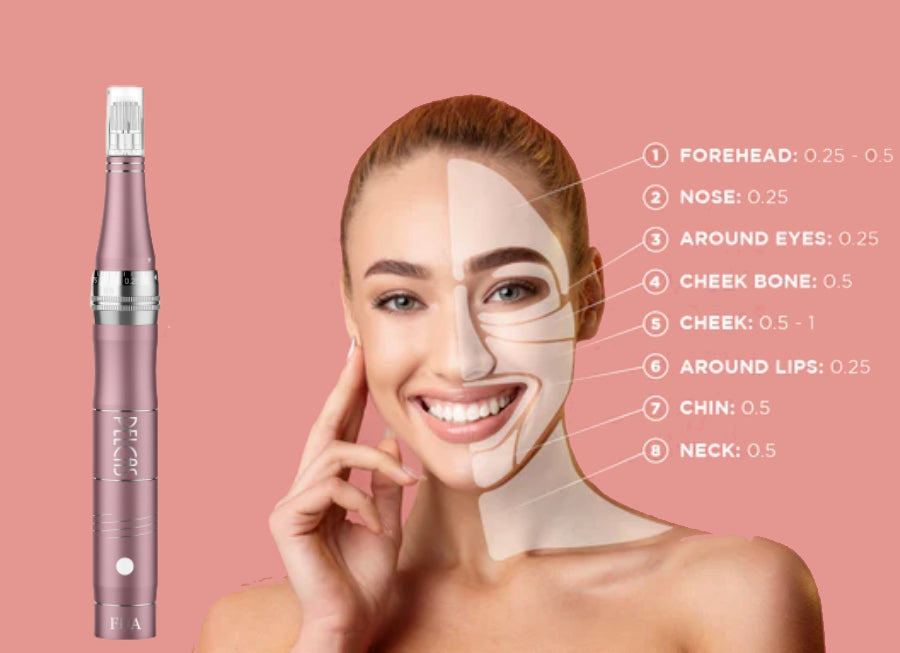The Different Ways to Print Tattoos

Tattoos have been around for centuries, serving as a form of self-expression and artistry. Traditionally, tattoos were created using manual methods such as hand-poking or using primitive tools. However, advancements in technology have revolutionized the tattoo industry, offering a range of different ways to print tattoos. In this blog post, we will explore some of the innovative techniques used in modern tattooing and the benefits they offer to both artists and tattoo enthusiasts.
Traditional Tattooing
Traditional tattooing methods involve manually inserting ink into the skin using needles attached to a handheld tool. This technique requires exceptional skill and precision from the tattoo artist, who controls the depth and speed of the needle to create intricate designs. Traditional tattooing is still practiced today, particularly in cultural and tribal contexts, as it provides a unique and authentic experience.
Electric Tattoo Machines
Electric tattoo machines, also known as tattoo guns, are the most commonly used tools in modern tattoo studios. These machines use an electric motor to move the tattoo needles rapidly, allowing for more efficient and precise tattooing. Artists can adjust the speed and depth of the needles to achieve different effects, from fine lines to shading and coloring. Electric tattoo machines have made the process faster, more consistent, and less painful for clients.
Tattoo Transfer Stencil Machine
This machine is easy to use. You can use it at home and you shouldn't have professional tattoo skill. Pelcas tattoo transfer stencil machine can print the tattoo what you love. You just should choose one photo in app and print it to transfer paper, then press the paper firmly and let it sit for a minute. You will see the pattern onto your skin. Compared to the traditional tattoo machine, pelcas stencil printer is more effective, convenient and safe.
Rotary Tattoo Machines
Rotary tattoo machines are another popular option among tattoo artists. Unlike electric tattoo machines that use electromagnetic coils, rotary machines use a rotating motor to drive the needles. These machines are quieter, lighter, and vibrate less, making them more comfortable for both the artist and the client. Rotary machines also allow for greater control and precision, making them ideal for intricate designs and detailed work.
Pneumatic Tattoo Machines
Pneumatic tattoo machines, also known as air-powered or airbrush machines, utilize compressed air to power the needles. They offer a quieter and gentler tattooing experience, as the needles move in a smooth, fluid motion. Pneumatic machines are especially popular for cosmetic and medical tattoos, as they can achieve precise results with minimal trauma to the skin. They are also favored by artists who specialize in watercolor or realistic tattoos due to their ability to create subtle gradients and soft textures.
Laser Tattoo Removal
While not a method of tattoo printing, laser tattoo removal has become an important aspect of the tattoo industry. Laser technology uses powerful light pulses to break down the tattoo ink into smaller particles, which are then gradually eliminated by the body's natural processes. This method offers a safe and effective way to remove unwanted tattoos, although multiple sessions may be required for complete removal. Laser tattoo removal has made it easier for individuals to change or modify their tattoos, providing more freedom and flexibility.
Conclusion
The art of tattooing has evolved significantly over time, thanks to technological advancements and innovation. Traditional hand-poking techniques have given way to electric, rotary, and pneumatic tattoo machines that offer artists greater control, efficiency, and precision. Additionally, laser tattoo removal has empowered individuals to explore new tattoo designs or remove ones they have outgrown. Whether you prefer the authenticity of traditional methods or the efficiency of modern technology, the diverse range of tattooing techniques ensures there is something for everyone in the world of tattoo artistry.





Comments